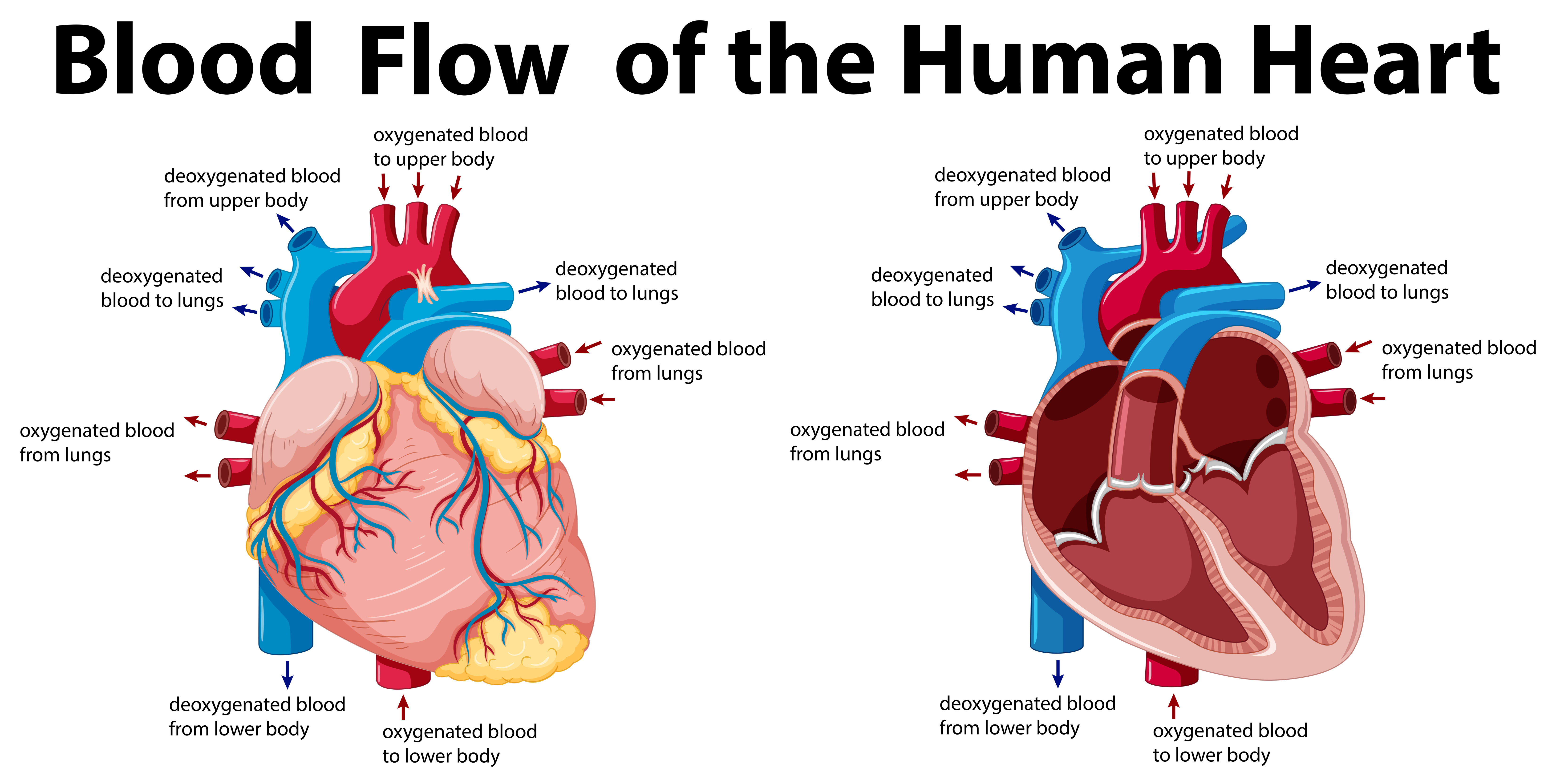

Two Broncolor monolights were used to maintain absolute light consistency with respect to exposure and colour. The camera was manually held perpendicular to the skin and the sticker, at a distance sufficient to image both the erythematous areas as well as the sticker. All photographs were taken under the same light conditions in a photo studio, with a green circular sticker (0.5 inch diameter) attached at the cheek. During these visits, high‐resolution facial photographs were acquired in JPG format with a commercially available single‐lens reflex digital camera (Nikon), equipped with a complementary metal‐oxide semiconductor (CMOS) sensor and an AF S Micro Nikkor 105 mm 2.8 objective. Ivermectin is a potent and easy‐to‐use anti‐inflammatory/acaricidal agent for rosacea with little side effects, making this a suitable intervention to monitor erythema.Ĭlinical erythema was graded using an erythema scale from 0 to 4 (Table 1) at week 0, 6, 16 and 28 (follow‐up). Treatment consisted of topical ivermectin 1% once daily during 16 consecutive weeks.


Treatment, procedures, and photography setup Additionally, quantified erythema values were correlated to clinical scores and interrater concordance was determined.Ģ.2. The aim of this study was to test an easy‐to‐use, image‐based software tool to quantify and monitor facial erythema in rosacea patients during treatment with topical ivermectin. RGB represents object “appearance”, but does not correct for brightness CIELAB indicates colour perception, and has the advantage of correcting for variations in brightness.ĭue to these various limitations for erythema quantification in rosacea, a reliable, rapid, non‐contact and simple erythema quantification tool is needed. Lastly, two different colour space methods have been applied in previous studies, namely RGB and CIELAB. Additionally, VISIA, a commercially available system with quantitative facial imaging analysis software, does not enable point/segmented erythema analysis, imposing difficulties in areas with diffuse erythema. Moreover, spectrophotometers require skin contact, changing skin colour due to skin pressure application.įor CAIA, analysis protocols often included multi‐step, complex, time‐consuming approaches with expensive and extensive software, or protocols are poorly described, not validated nor standardized,Īnd therefore difficult to reproduce or use in clinical practice. With spectrometry, erythema is measured in only one point, questioning representativeness of the entire face. Nevertheless, they have some limitations. Various noninvasive techniques have already been used to quantify redness in rosacea, for example, spectrophotometry and computer‐aided image analysis (CAIA). To overcome subjectivity, an objective, noninvasive technique for the measurement of skin colour is desirable. Unfortunately, evaluation of facial erythema by visual assessment lacks objectivity and precision, and is prone to inter‐ and intra‐observer variability. To achieve optimal results, rosacea treatment is preferably adjusted to clinical symptoms and disease severity. Rosacea is a common inflammatory skin disease, often accompanied by facial erythema.Įrythema is visible due to increased haemoglobin in the papillary dermis, caused by inflammation, vasodilation and vasculature changes.


 0 kommentar(er)
0 kommentar(er)
